The need for Project Quality Certification (PQC)
Introduction
For a long time now, the world has been presenting a large population growth. According to data from the United Nations, UN, in 1950 the world population was around 2.6 billion people and in 1987 this number had already increased 100%, reaching the mark of more than 5 billion individuals [1]. Currently, the population growth rate in the world does not reach 1.2% per year and this rate is decreasing over time [2], but the Earth has already exceeded the mark of 7.8 billion inhabitants.
With this explosive increase in the world’s population, the demands on all aspects have also been impacted and skyrocketed. To fulfill the needs arising from this boom, engineers worldwide have been forced to take ever greater steps and optimize all existing processes, machines, materials and structures and develop new methodologies and technologies.
When the context addressed is the construction of structures, whether residential, labor or infrastructure, the advance in recent years is immeasurable. Over time this knowledge has been widely spread from conception, through calculation, analysis, material technologies, to construction techniques. [3]
However, there are negative consequences to this evolution, since it implied an increase in the risks assumed. Despite the existence of regulatory standards, mistakes can happen resulting in early degradation and presentation of pathologies in the structures or even fatal accidents. [3] KOT works in the verification of projects carried out by other companies to certify their quality. Check in this text a little bit about PQC!
The Project Quality Certification – PQC
The Brazilian Association of Technical Standards, ABNT, defines “The evaluation of project conformity must be performed by a qualified professional, independent and different from the designer, required and hired by the contractor, and recorded in a specific document that will be attached to the project documentation…”, making it mandatory to perform a conformity assessment of concrete projects. Aiming to meet the requirement of the NBR (Brazilian Standard) and given the complexity involved in the preparation of construction projects of steel structures or concrete, KOT acts in the Project Quality Certification, or better known as PQC.
The scope of this service can vary greatly according to the client’s needs and its final study object, however, in general, the steps developed by the company during the PQC are listed below for steel structures, foundations and reinforced concrete structures.
- Understanding the design, in order to ensure its correct verification, to avoid problems during the construction phase
- Evaluate the project’s calculation memories and adopted assumptions
- Performing structural simulations to check the designs
- Review and validation of technical design
- Analysis of the assembly sequence of the structures
- Follow-up and/or indication for the activities of manufacturing, assembly, disassembly, and maintenance of structures according to standards
After these steps are completed, proposals for improvement or correction of non-conformity points found in the verifications can be suggested.
Incidents with structures usually have major consequences, such as great financial, environmental, and humanitarian losses. Cases such as collapsed bridges and viaducts can cause deaths, environmental damage, and millions of dollars in damages. All this can be avoided by performing the project quality certification.
Conclusion
The reading of this text highlights the growing need for structures to support population demands that have increased exponentially in recent decades, whether they are residential, labor or infrastructure (such as bridges and viaducts). In addition, to achieve the requirements set forth in standards, it is important that the projects go through the certification process, so that it is appropriate to the requirements set forth in the standard and thus avoid errors and non-conformities that can eventually result in accidents.
The execution of the PQC presents a relevant financial advantage when compared to possible impacts associated with project errors. The investment in Project Quality Certification represents the strengthening of the business’ sustainable concerns, reinforcing the social, environmental, and financial commitment.
KOT’s team has qualified civil and mechanical engineers to perform the quality certifications of your project, in assets such as highway bridges, railway bridges and viaducts. The company’s mission is to develop engineering solutions with excellence and has the know-how to assess your specific needs.
Contact the team for more information and quotations!
Get in touch with KOT’s specialists team!

KOT Engenharia’s Team
With over 29 years of history and various services provided with excellence in the international market, the company promotes the integrity of its clients’ assets and collaborates in solutions to engineering challenges. For this integrity, it uses tools for calculation, inspection, instrumentation and monitoring of structures and equipment.
References:
Cover image credits: https://unsplash.com/photos/5fNmWej4tAA
[1] The world population is increasing: it has doubled in half a century. O Tempo, December 07, 2020. Available at: https://www.tempo.com/noticias/ciencia/a-populacao-mundial-esta-disparando-dobrou-em-meio-seculo.html
[2] Population growth. Brasil Escola, [S.I]. Available at: https://brasilescola.uol.com.br/geografia/o-crescimento-populacional-no-mundo.htm
[3] CMS, Vicente e R Thomaz, “Pathology, recovery and strengthening of concrete structures” [S.I]. PNI, 1998.


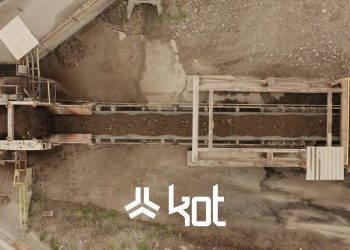
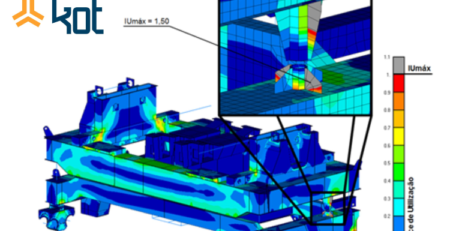
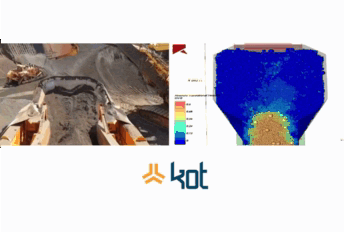
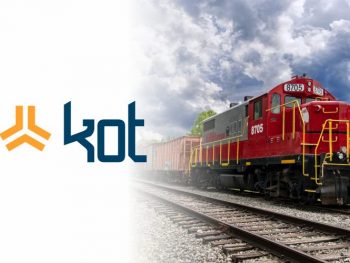
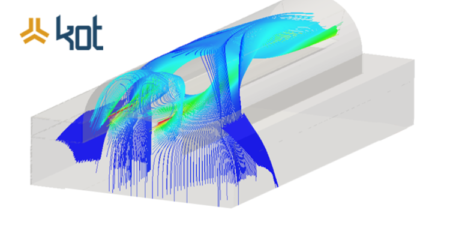
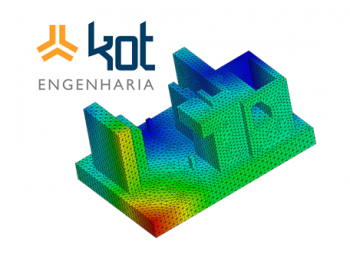
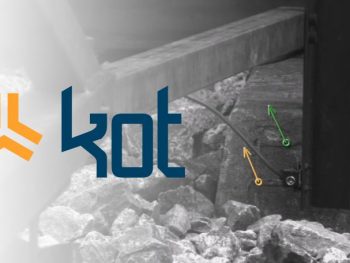
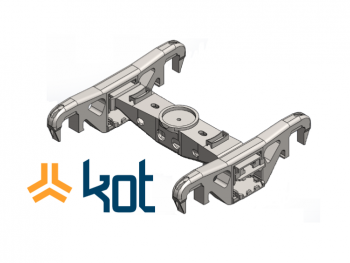
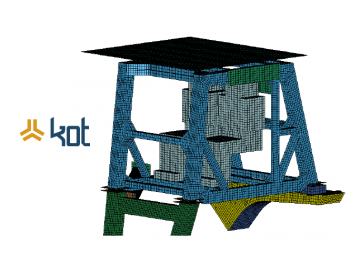

Leave a Reply